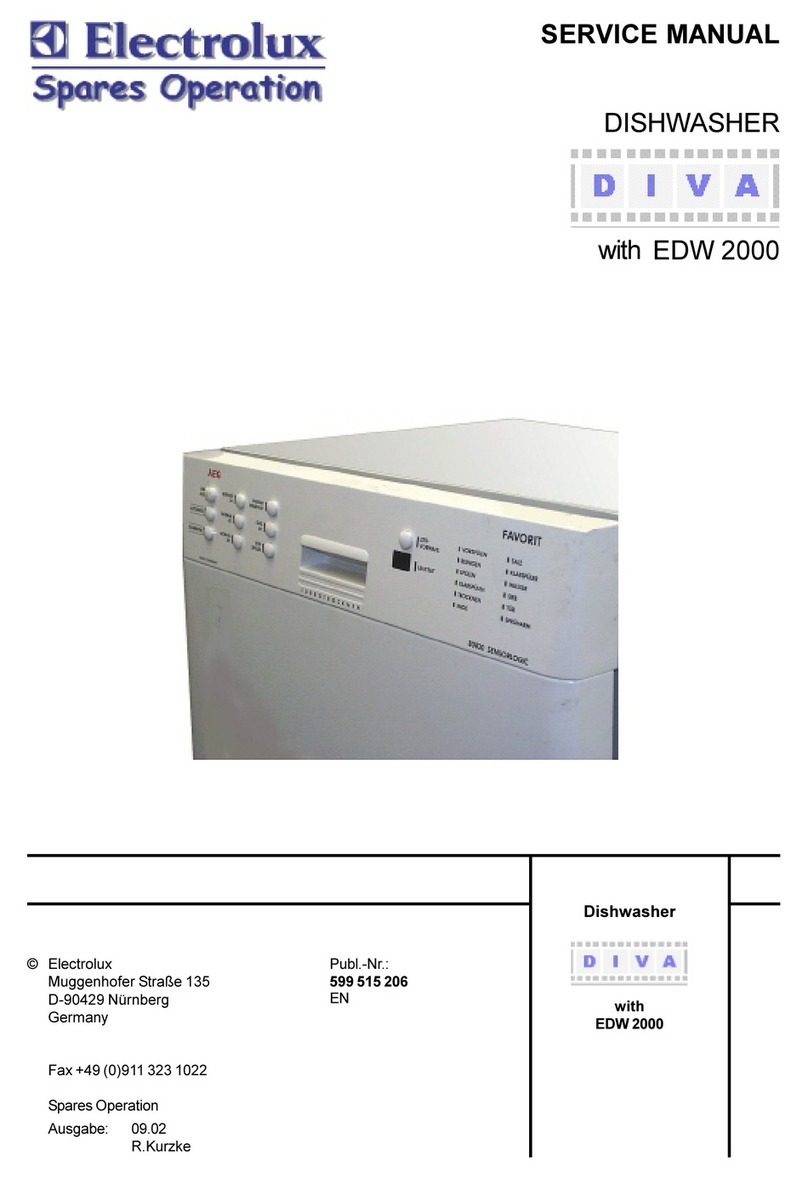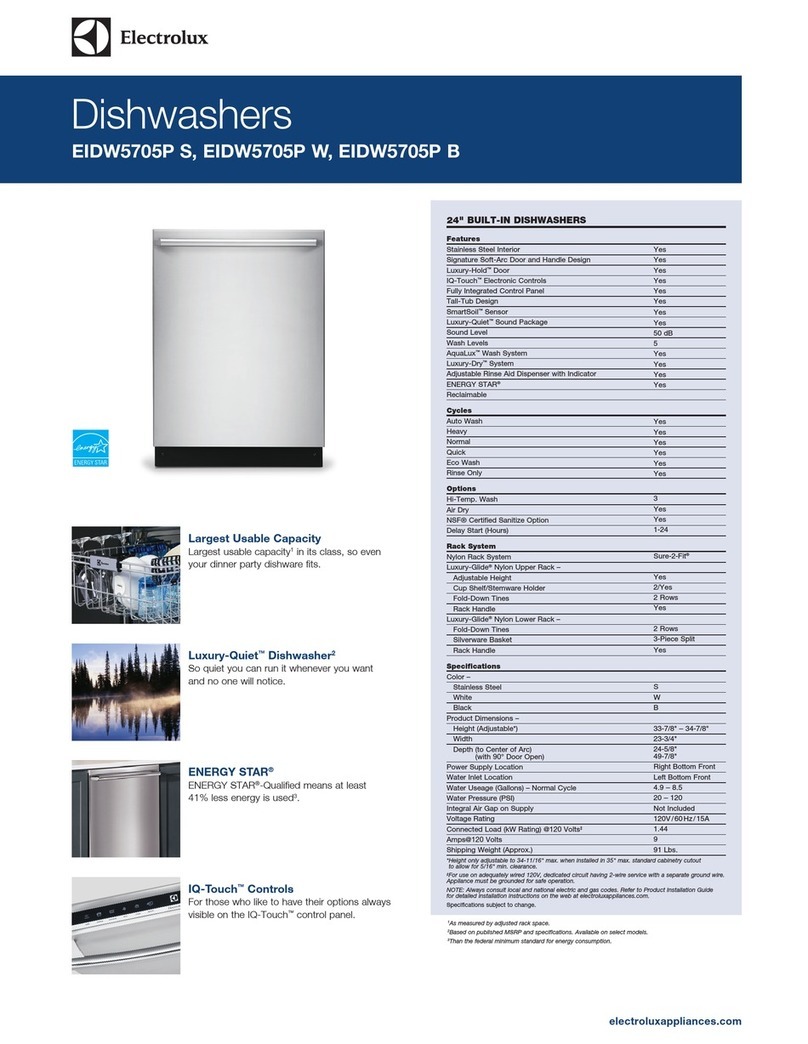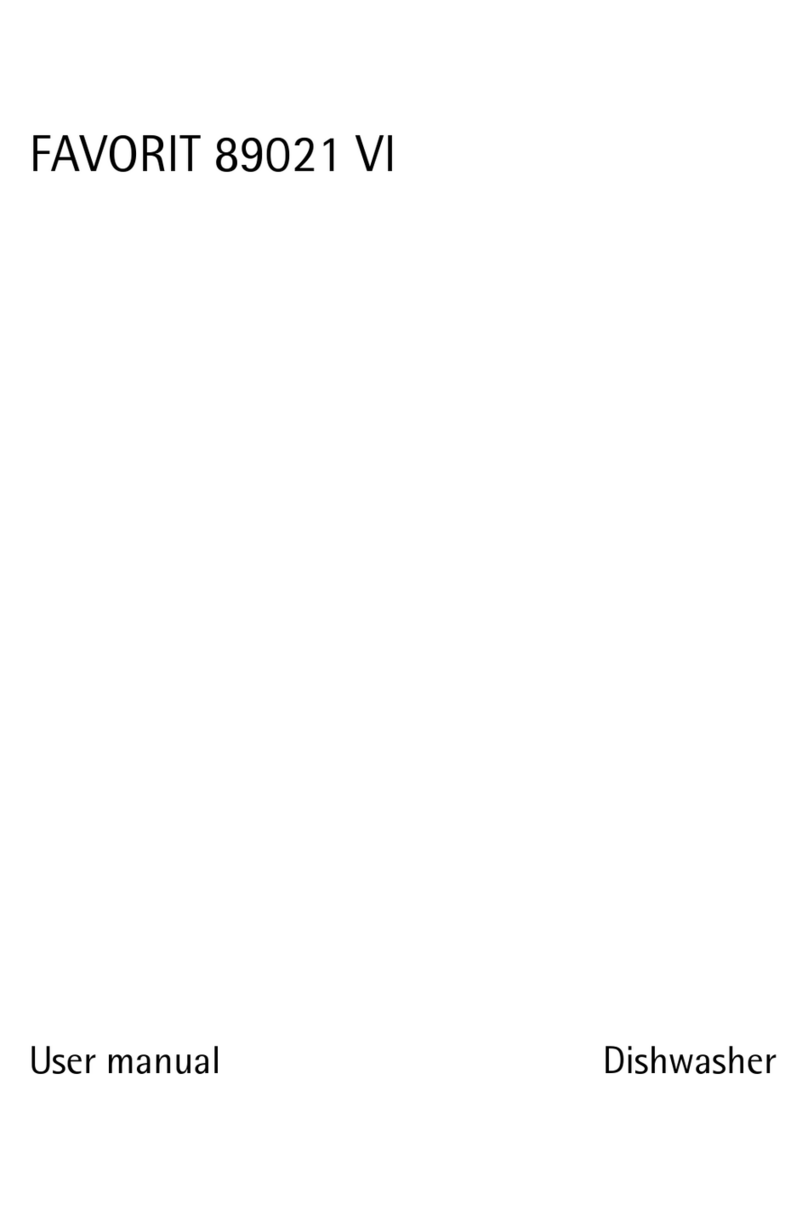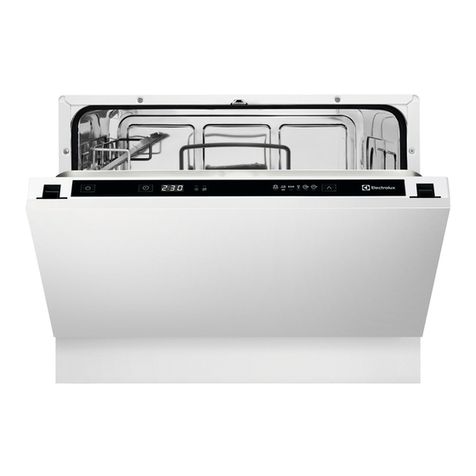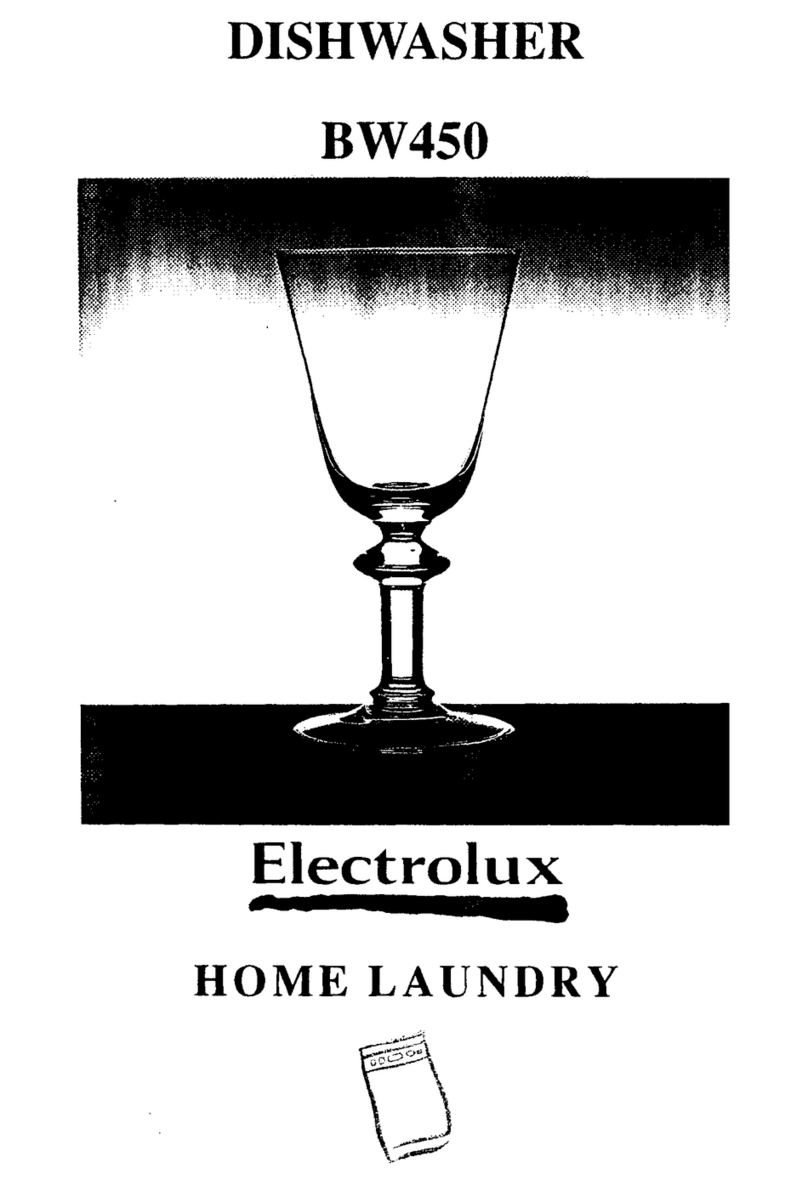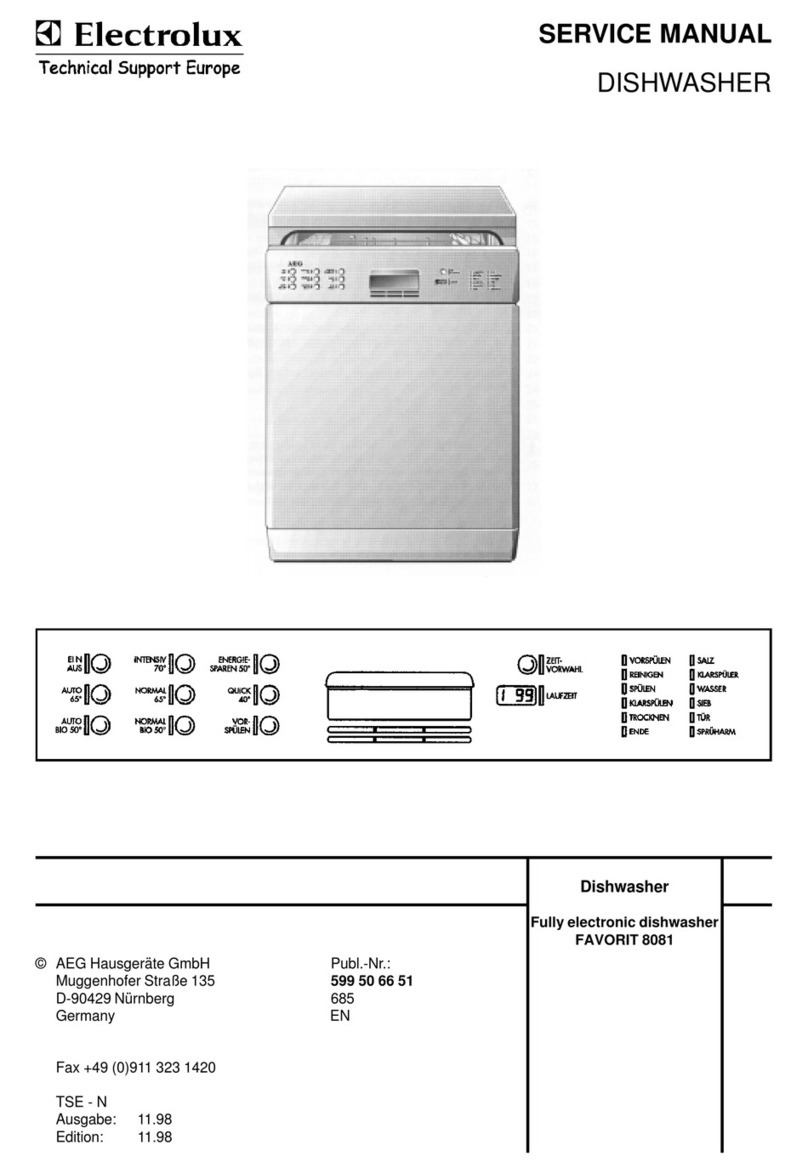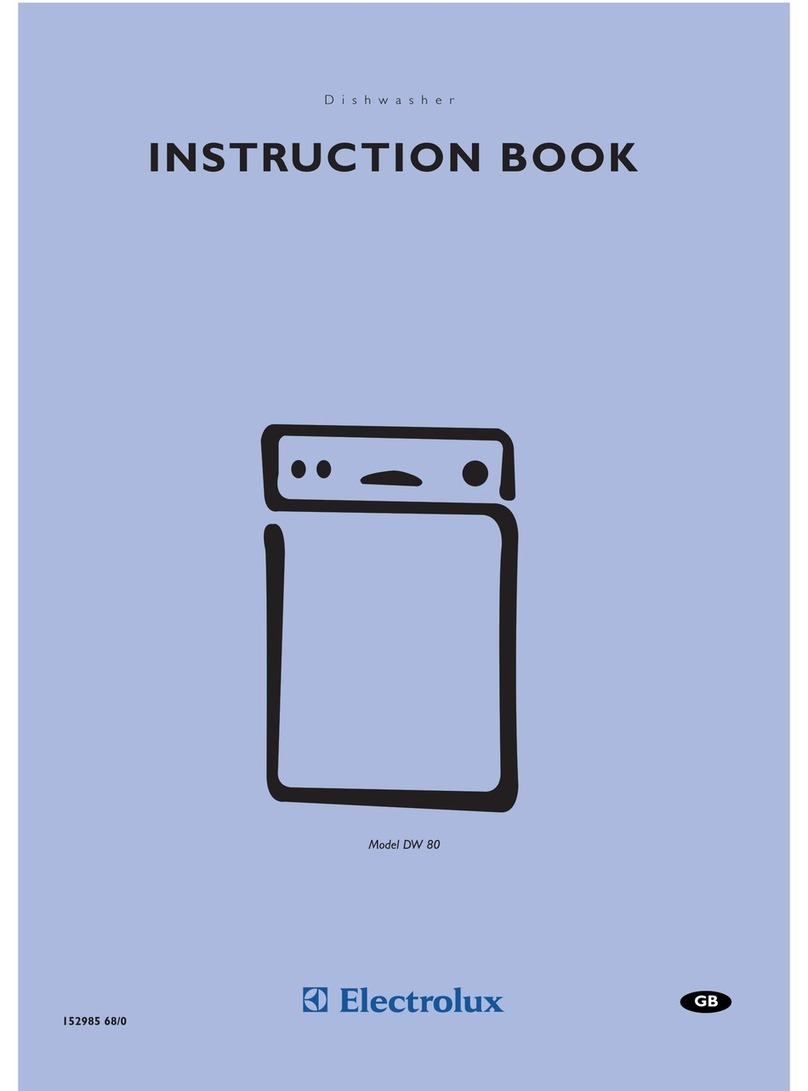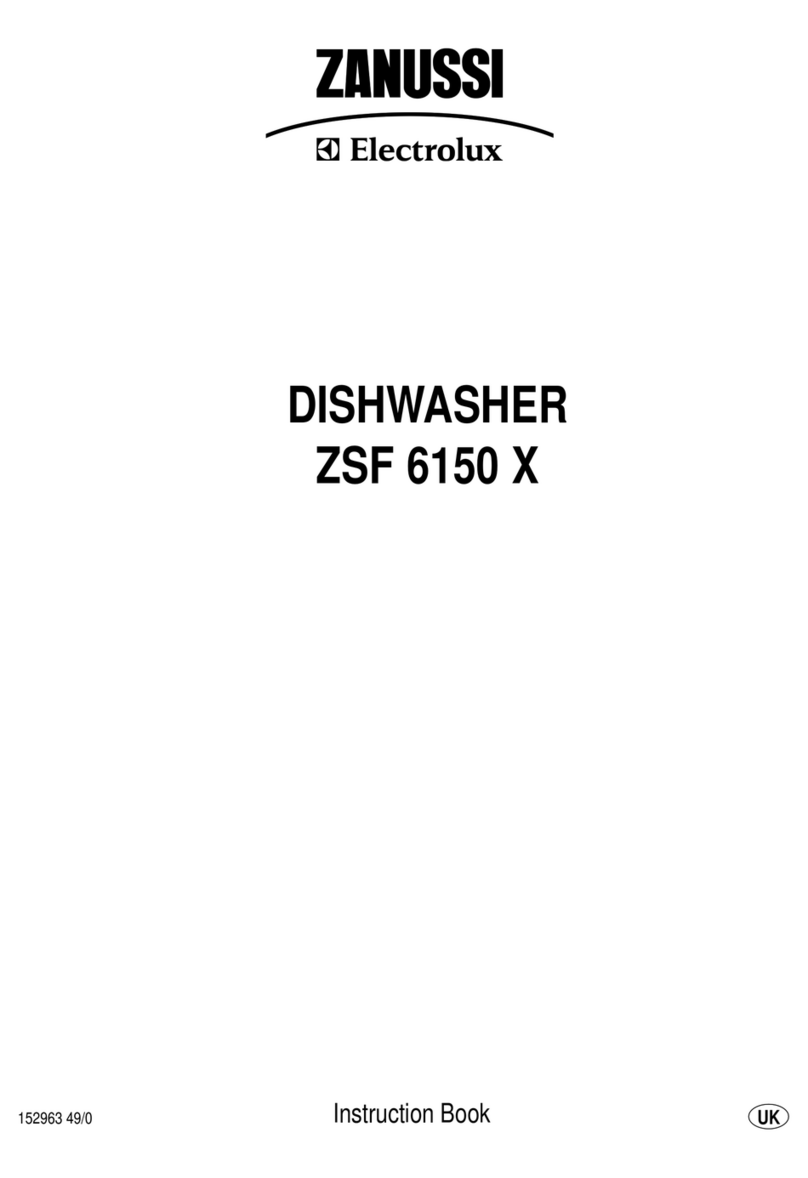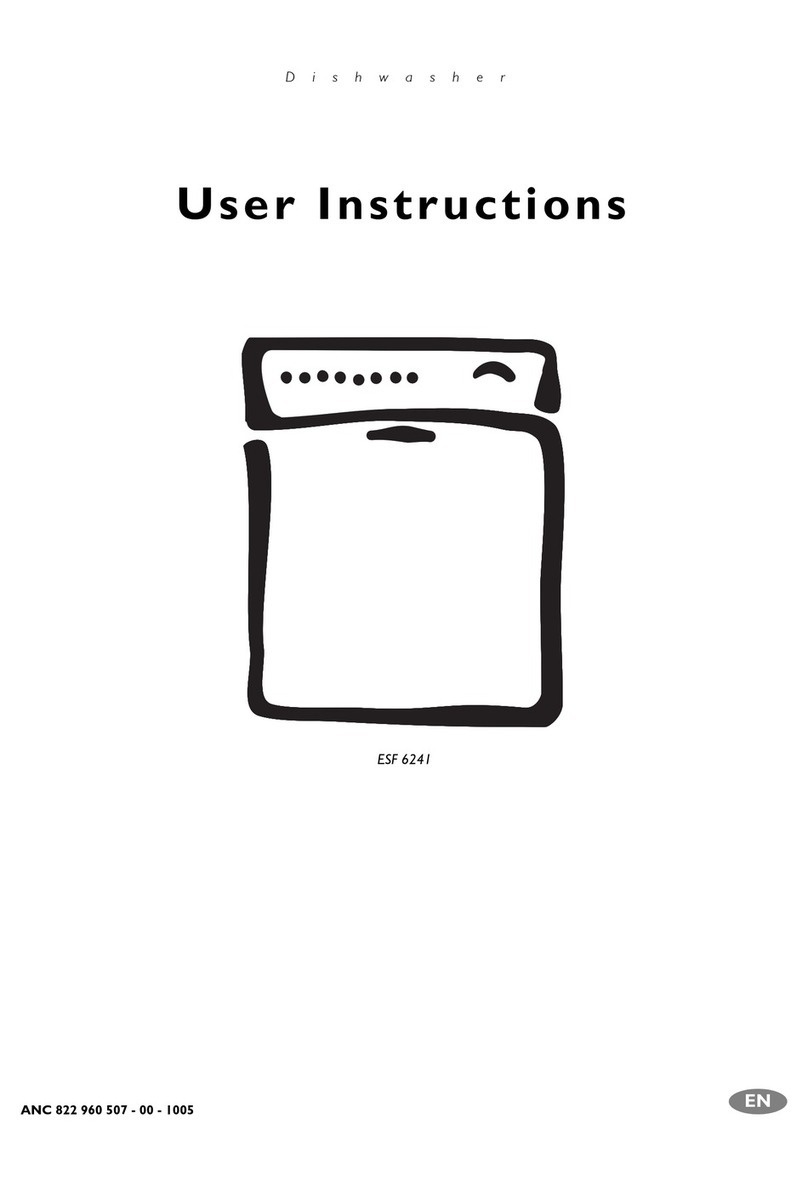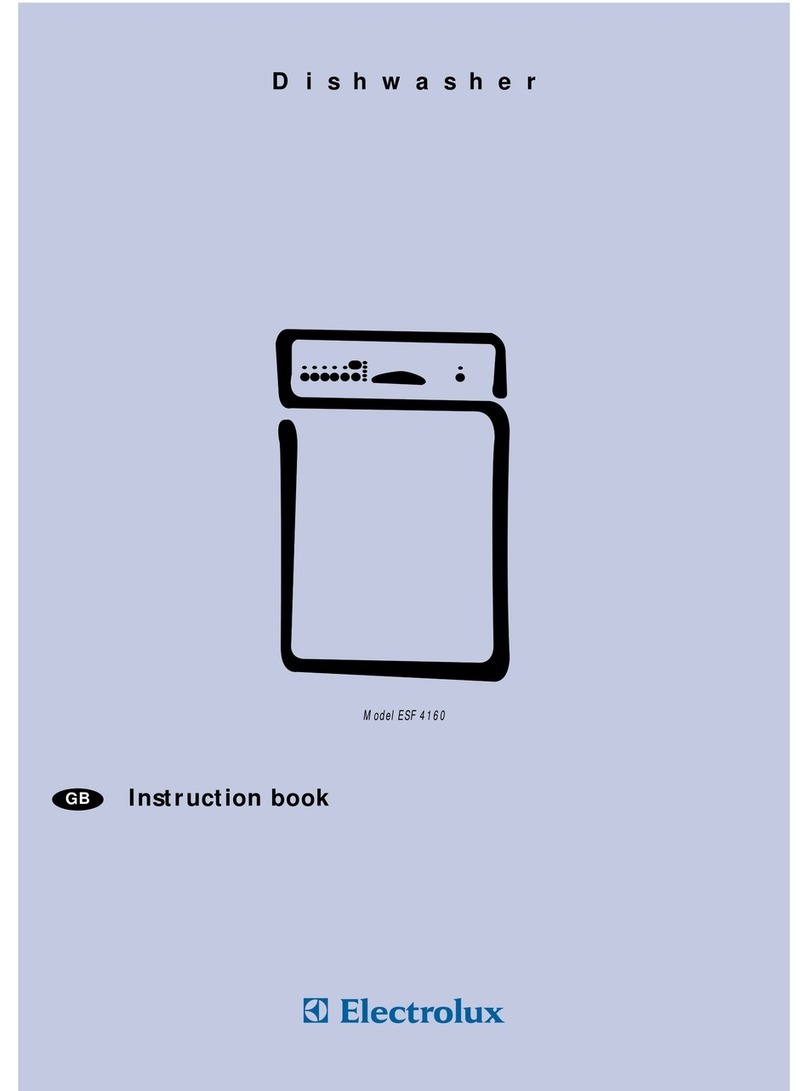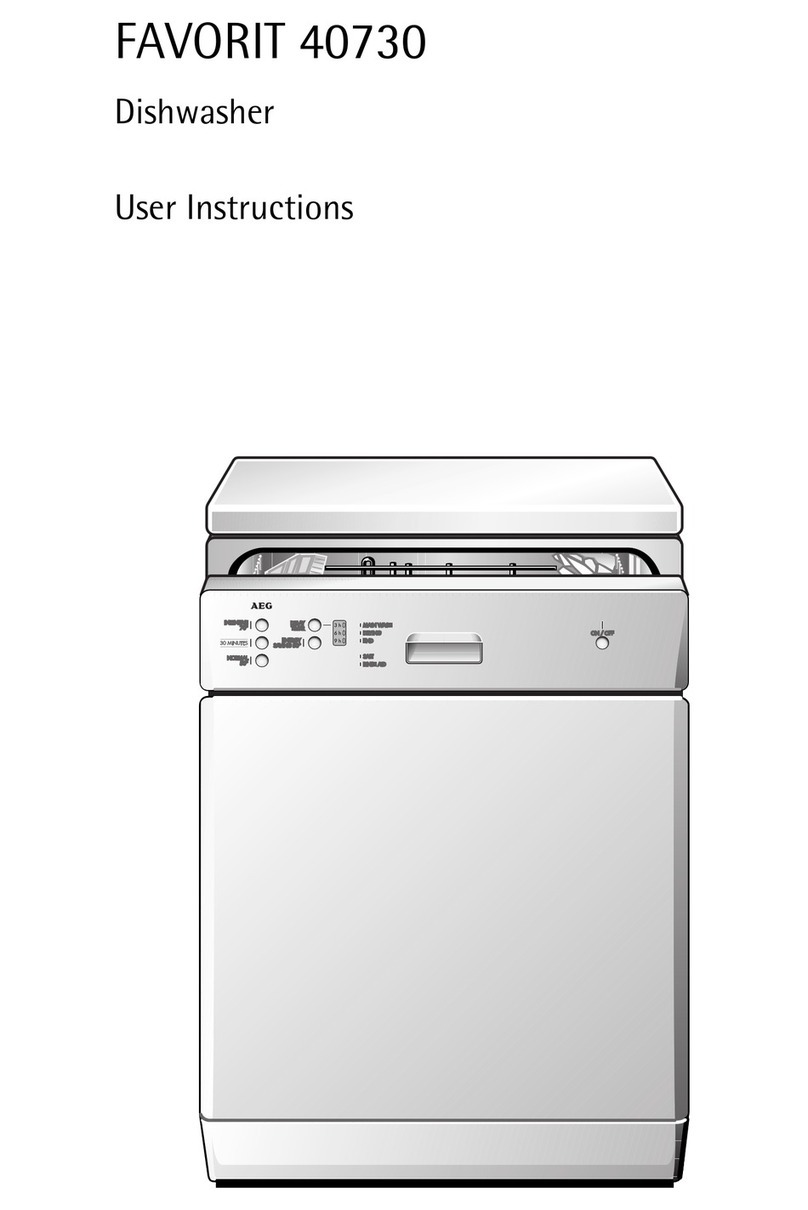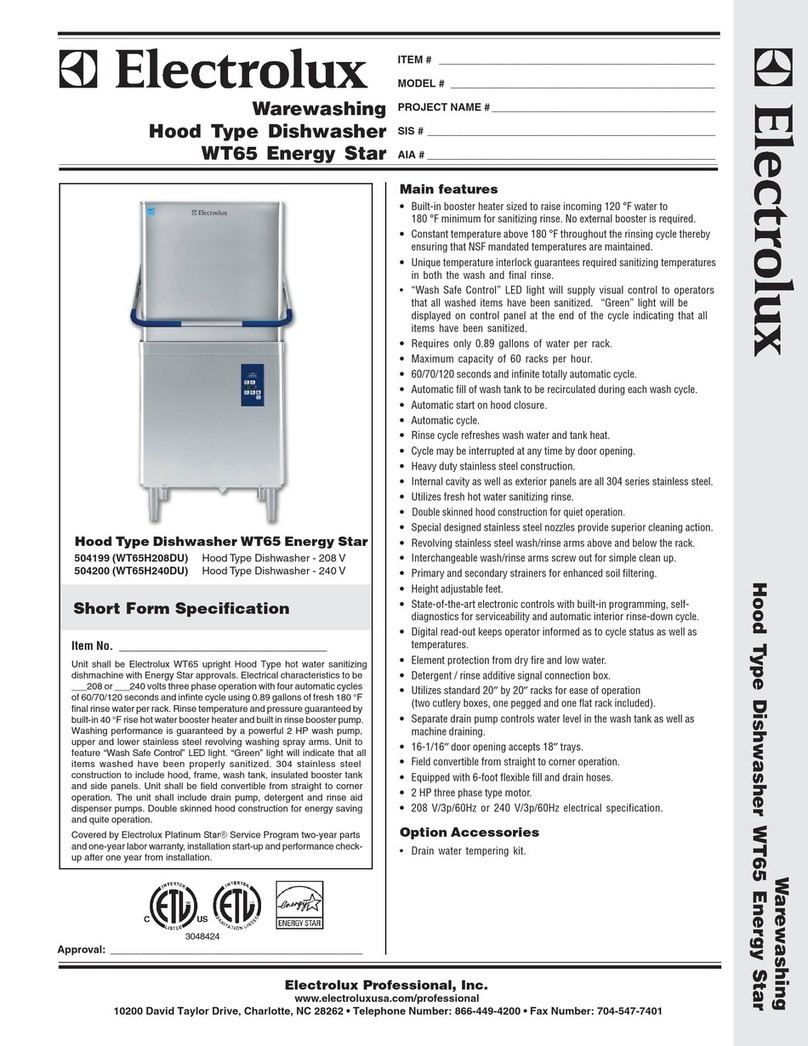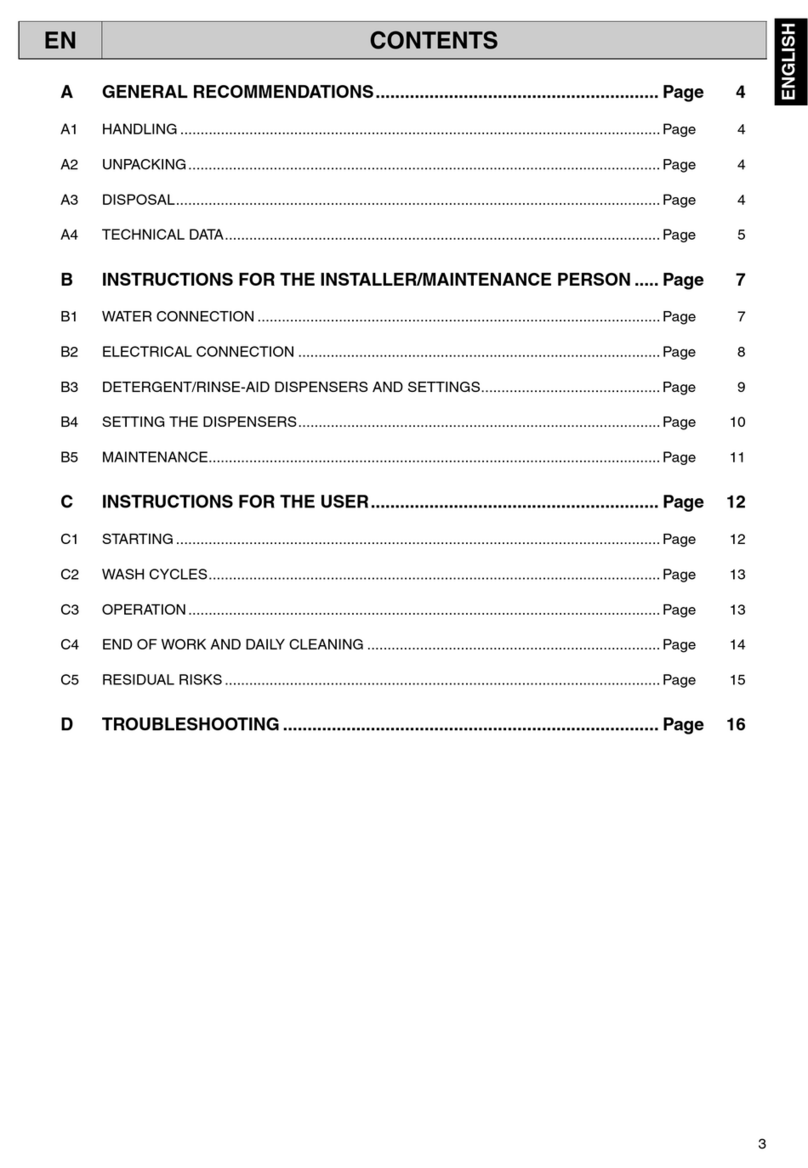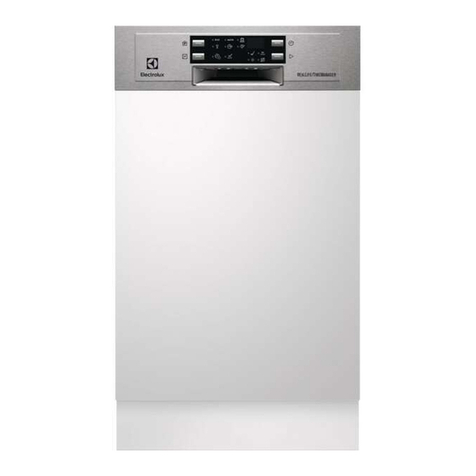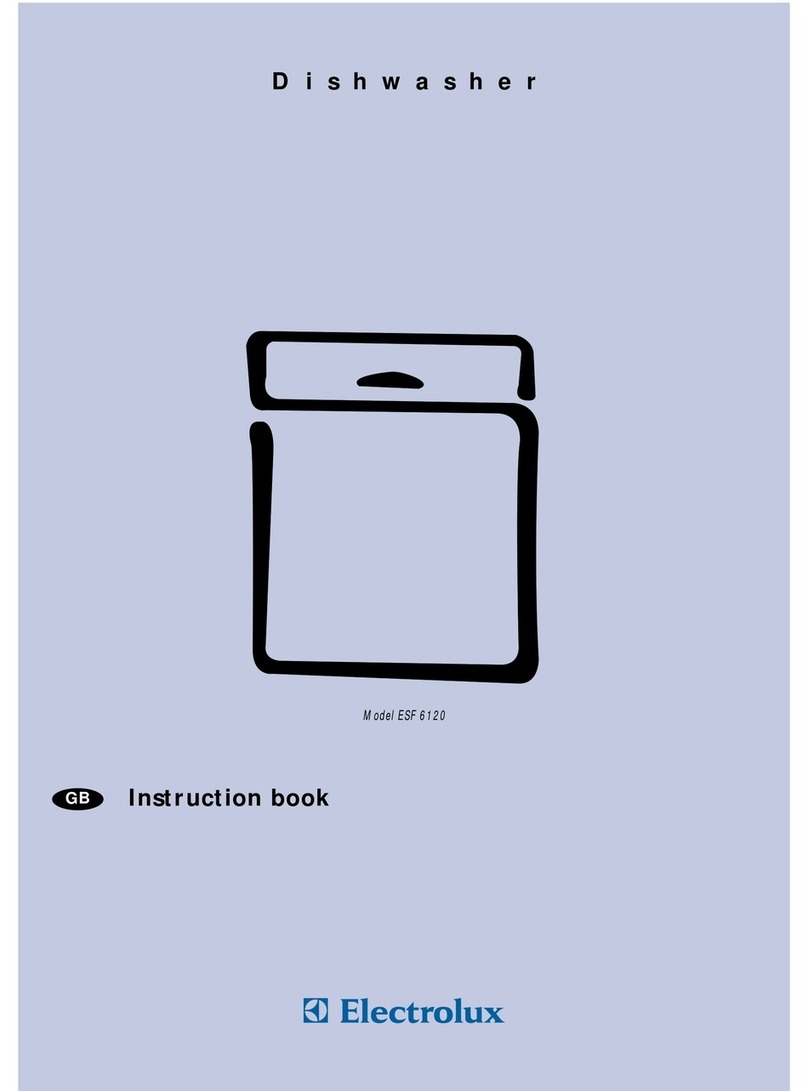4
General instructions
If the instructions in this and other documentation for the
equipment are not followed, it could endanger safety and
void the supplier’s guarantee and liability for the product.
•Read the instructions in this document carefully, since
they contain important safety information about instal-
lation, operating reliability, use and maintenance of the
product. Keep these instructions in a handy place so
that they are accessible to all users.
•Installation and testing must be carried out by techni-
cians who are trained for such work, and in accord-
ance with the manufacturer’s instructions.
•The product must be installed and connected to the
necessary services in accordance with the relevant
standards and directives.
•All servicing, maintenance and repairs must be car-
ried out by technicians who are trained for such work.
Use only original spare parts. See the Service Instruc-
tions* and Spare Parts Catalogue*.
•This product may only be operated and maintained by
trained personnel (operators).
*Not supplied. May be ordered from the manufacturer or manufac-
turer’s representative.
General product description
Range of applications
This dishwasher is designed for washing porcelain,
glasses, cutlery, containers, trays and other kinds of
kitchen equipment. It is only to be used with the afore-
mentioned products and must not under any circum-
stance be used in any other way or for any purpose
other than that stipulated in these user instructions.
This dishwasher has been designed to fulfil the highest
demands to ensure an excellent working environment and
good economy. It also operates at a low noise
level and has extremely low heat output.
The electronics provide a clear overview of the washing
process.
The control panel’s display (fig. 2A/B) warns the user if
anything is wrong, for example if the temperature or water
level is too low, if the pump or fan motor is not working or
if any of the machine’s doors are open. If an alarm has
been triggered, the red signal lamp will appear (3) (fig. 1).
The machine’s opening measurements:
Normal Wide
660x420 mm 804x570 mm
Each metre of washing belt can accommodate, for example:
Normal Wide
32 large plates, 48 large plates,
48 side plates, 72 side plates,
64 small dishes, 96 small dishes,
2 normal dishwashing racks 2 normal dishwashing racks
16 serving trays 16 serving trays
The machine has two different belt speeds.The higher speed
is designed for normal and slightly soiled tableware, while
the lower speed is designed for heavily soiled tableware
and for materials and shapes that are difficult to dry.
Washing capacity
WT730 Low feeding High feeding
FT36 speed speed
Normal plates/hour 1400/1800 2800/3600
racks/hour 84/108 168/216
Wide plates/hour 2100/2700 4200/5400
racks/hour 84/108 168/216
WT760 Low feeding High feeding
FT50 speed speed
Normal plates/hour 2500 5000
racks/hour 150 300
Wide plates/hour 3700 7500
racks/hour 150 300
WT790 Low feeding High feeding
FT72 speed speed
Normal plates/hour 3600 7200
racks/hour 216 432
Wide plates/hour 5400 10800
racks/hour 216 432
Energy and water consumption
If your dishwasher is equipped with the complete energy
saving device ESD, which consists of a water heat exchang-
er in combination with a condensing plant, surplus heat from
both the waste air and the final rinse water is used.
The dishwasher also works with a special water return
flow via the water heat exchanger. This means that the
amount of water that is replaced, and to which new deter-
gent must be added, only amounts to 100 litres/hour.
Hot water is used when the machine is filling its tanks at
the beginning of the washing cycle.
During operation a machine equipped with ESD uses only
600 litres of cold water/hour.
A machine without ESD uses approx. 320/420* litres of
hot water in the final rinse zone.
* Wide model
Each washing zone is equipped with automatic tempera-
ture regulation.The water temperature in each dishwash-
ing tank can be read on the panel’s display.
The dishwashing tanks are emptied using a handle. The
drain closes automatically when the door is closed to en-
sure that filling of the tanks with water cannot take place
when the drain is open.
The wash arms can be lifted out so that you can inspect
and clean them.
The fine mesh in the final rinse zone prevents the DUO
ramp’s nozzles from becoming clogged.
